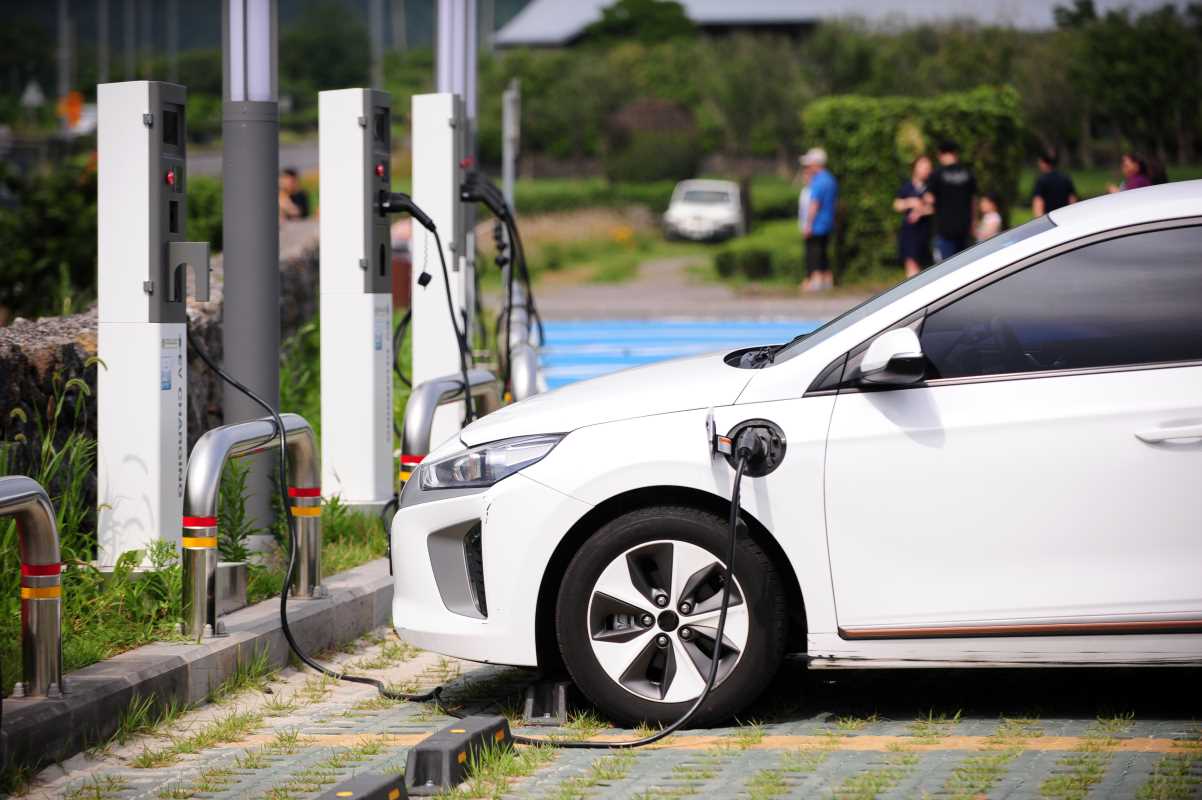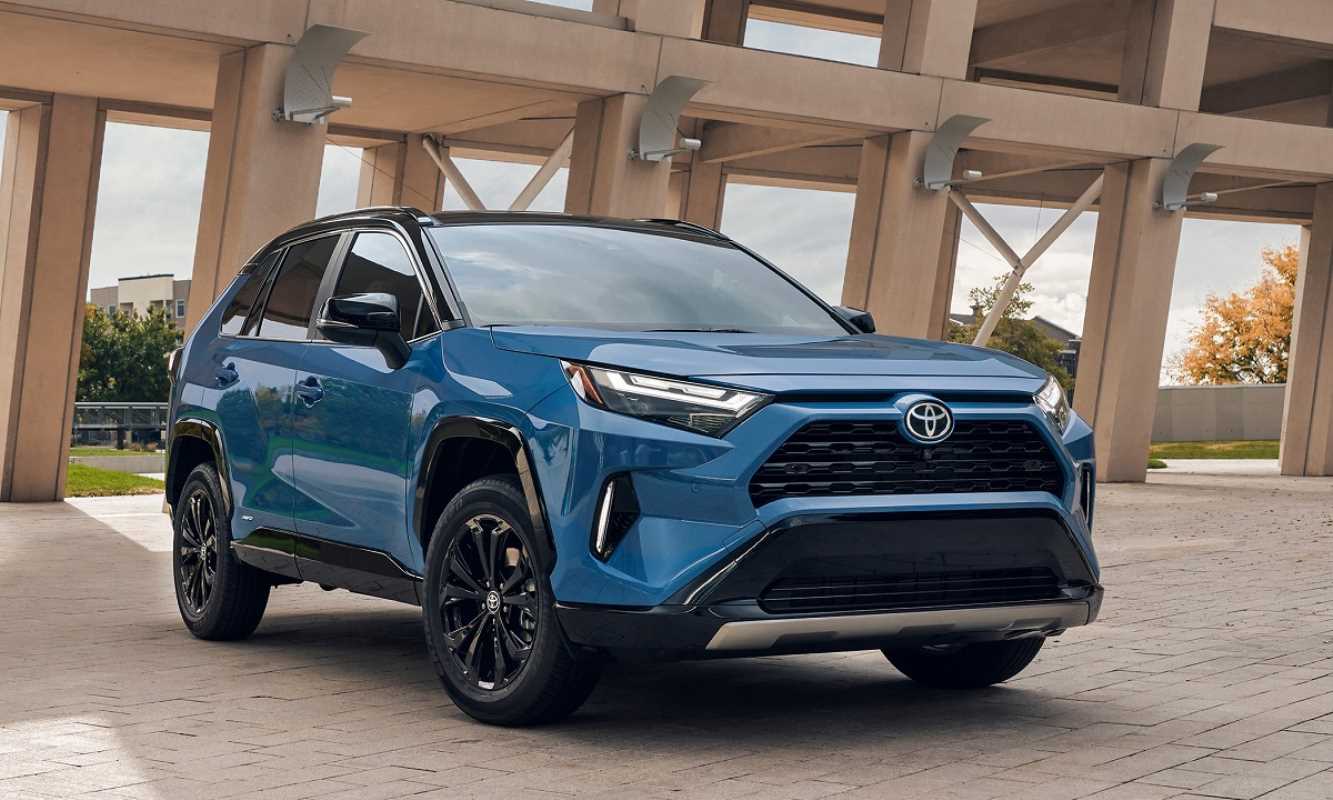When it comes to choosing between an electric vehicle (EV) and a traditional internal combustion engine (ICE) car, the decision isn’t just about what fits your lifestyle. For many, the environmental impact is a key factor. But how do these two types of vehicles stack up when it comes to their footprint on our planet?
Turns out, it’s not a simple answer. Both EVs and ICE cars come with their own pluses and minuses when you consider everything from manufacturing processes to emissions while driving. To help you get a better handle on the debate, here’s a breakdown of how EVs and ICE vehicles compare in terms of their environmental impact.
1. Greenhouse Gas (GHG) Emissions During Use
ICE Vehicles: Gas-powered cars are the prime culprits behind harmful greenhouse gas emissions during operation. Every time you turn the key and hit the gas, the engine burns fuel, releasing carbon dioxide (CO2) and other pollutants into the atmosphere. On average, a traditional car emits around 4.6 metric tons of CO2 each year, according to the Environmental Protection Agency (EPA). These emissions contribute to global warming and air pollution, especially in urban areas.
EVs: Electric vehicles generate zero tailpipe emissions, which gives them a major advantage over ICE vehicles in terms of usage impact. That means no CO2 or pollutants like nitrogen oxides are being released while you’re driving. However, it’s important to consider the source of the electricity used to charge your EV. If it’s generated by coal or other non-renewable sources, the indirect emissions can be significant. Still, even when powered by conventional grids, EVs produce approximately half the emissions of ICE cars over their lifetime, according to the Union of Concerned Scientists.
Winner (During Use): EVs
EVs take the lead on emissions while driving, hands down. Their impact depends on where your electricity comes from, but they’re far cleaner on the road.
2. Manufacturing Footprint
ICE Vehicles: The process of producing ICE cars is fairly straightforward compared to EVs—but it’s not exactly green. Manufacturing engines, transmissions, and other components involves energy-intensive processes and raw materials like steel, aluminum, and rubber, all of which leave a hefty carbon footprint. The typical manufacturing process for a gas-powered car produces around 7 tons of CO2, depending on the size and materials used.
EVs: Making an EV comes with a higher upfront environmental cost because of the battery. EV battery production requires mining rare earth metals like lithium, cobalt, and nickel, which not only consumes significant energy but also impacts ecosystems and communities near mining sites. According to research, the production of an EV generates about two times the emissions of a comparable ICE vehicle. However, this gap narrows quickly as the EV sees more use (we’ll get into that shortly).
Winner (Manufacturing): ICE Vehicles (Somewhat)
While EVs have a bigger manufacturing footprint mainly due to battery production, it’s worth keeping in mind that this disadvantage is mitigated significantly over the vehicle's lifetime.
3. Energy Efficiency
Here’s where things take a sharp turn in favor of EVs.
ICE Vehicles: Gas-powered engines are far from efficient. Only about 20%–30% of the energy from burning fuel is actually used to propel the vehicle. The rest is wasted as heat and friction. Think of it this way: for every dollar you spend at the pump, most of it literally goes up in smoke.
EVs: Electric motors are incredibly efficient, converting around 77%–91% of the energy from the battery into movement. That efficiency leads to less overall energy consumption, meaning fewer resources are needed to keep an EV running.
Winner (Energy Efficiency): EVs
Electric motors are leagues ahead of ICE engines in terms of energy use.
4. End-of-Life Recycling
Here’s an area where both EVs and ICE vehicles face significant challenges.
ICE Vehicles: Traditional cars have been on the road for over a century, so the infrastructure for recycling their parts is well-developed. A large percentage of a gas-powered car can be reused or recycled, including steel, glass, and certain engine components. However, the oil and fluids used in the engine remain harmful pollutants if not disposed of properly.
EVs: EV recycling is still a work in progress. The biggest issue lies with the batteries, which are difficult and expensive to recycle. Improper disposal can lead to toxic leaching into the environment. On the bright side, companies like Tesla and startups like Redwood Materials are working to establish closed-loop recycling systems to recover valuable metals and reuse them in new batteries. This is an area that’s expected to improve as the EV market matures.
Winner (Recycling): Tie
Both vehicle types have challenges, but strides are being made to recycle more effectively in both cases.
5. Lifetime Impact (The Big Picture)
ICE Vehicles: Gas cars make a smaller dent upfront during manufacturing, but their ongoing emissions during use make them far less sustainable in the long run. Over a typical vehicle lifespan of 150,000 miles, an average gas-powered car can emit upwards of 60 tons of CO2 into the atmosphere.
EVs: Despite having a higher manufacturing footprint, EVs break even after just a few years of driving. According to a study from the International Council on Clean Transportation (ICCT), battery-electric vehicles produce less than half the lifetime emissions of ICE vehicles. With advancements in renewable energy and battery recycling, this impact will only shrink further over time.
Winner (Lifetime Impact): EVs
After a few years of use, EVs more than make up for their higher production footprint compared to gas cars.
Consider the Tesla Model 3, one of the highest-selling EVs globally. Studies show it emits about 65% less CO2 than a comparable gas sedan over its lifespan, even when charged on a grid that’s only partially renewable. On the flip side, a gas-powered Toyota Camry is more energy-efficient upfront but racks up emissions at a steady rate, placing it firmly behind the Model 3 over the long haul.
While the debate between EVs and ICE cars isn’t black and white, it’s clear that EVs are the better long-term solution for reducing emissions and mitigating climate change. That said, challenges like battery production and recycling need continued innovation to minimize their impacts.
For gas cars, the writing is on the wall as more countries adopt stringent emissions policies and phase out internal combustion engines in favor of cleaner alternatives. Electric vehicles aren’t perfect, but they’re part of a broader movement toward a more sustainable future, and automakers are working to tackle their pain points head-on.
 (Image via
(Image via





